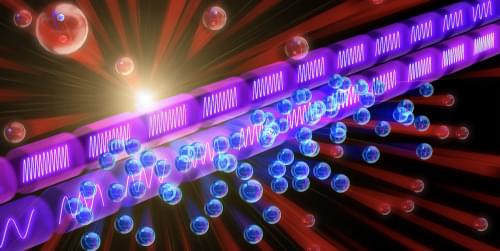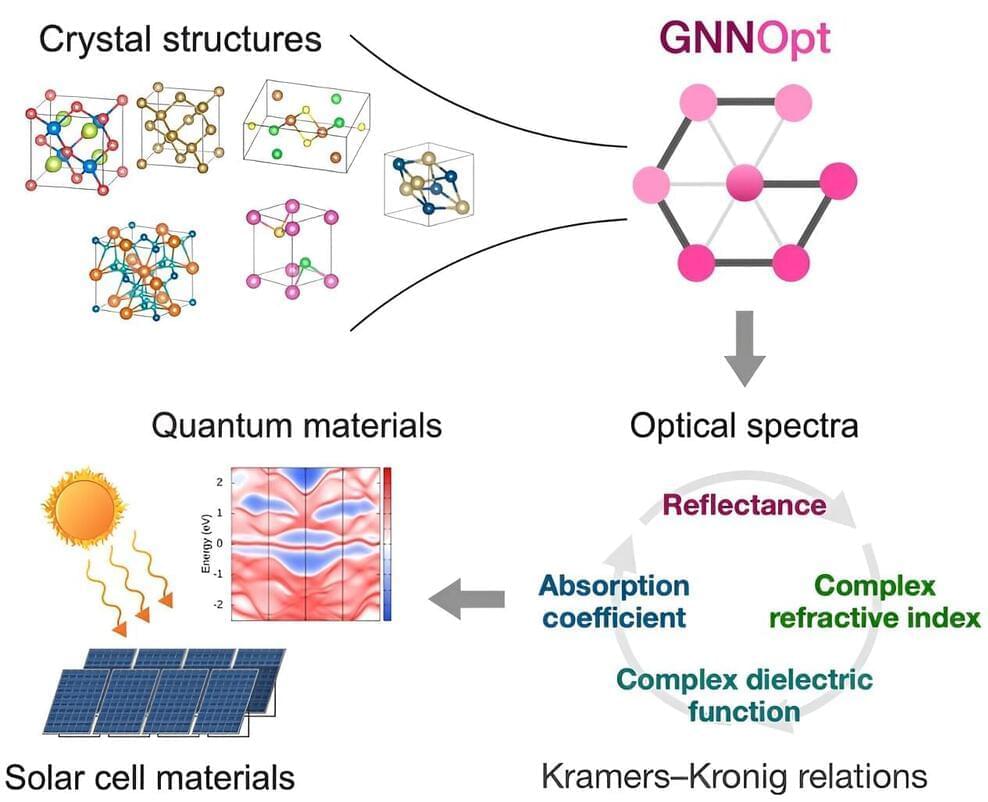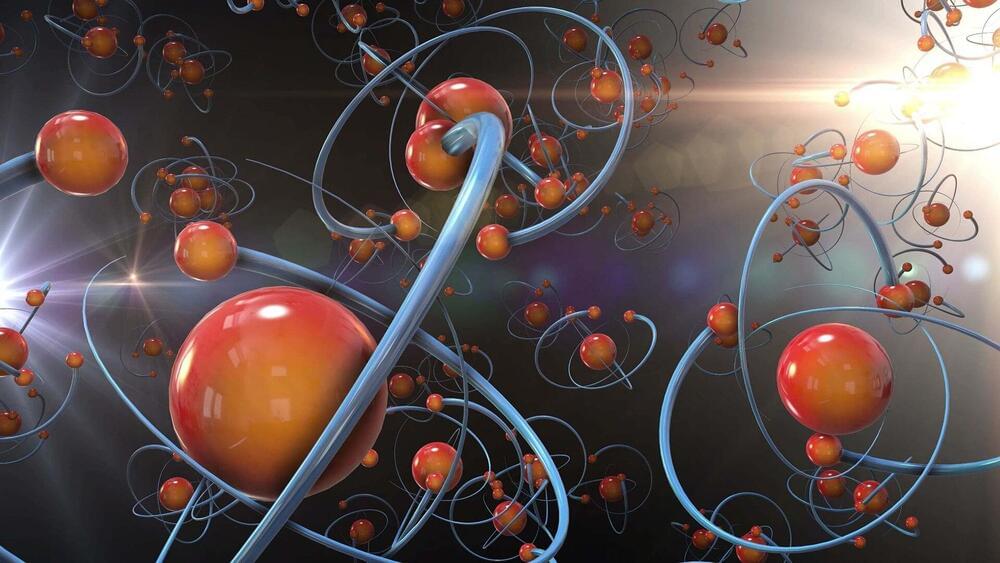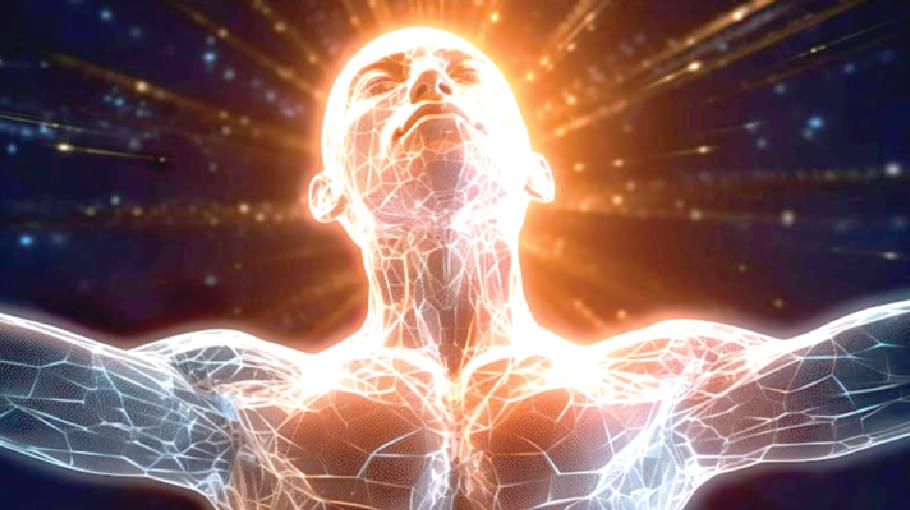A short-lived combination of an electron and an antielectron has been cooled with lasers to near absolute zero—a step toward tackling fundamental questions about matter and antimatter.




In 2023, the NASA OSIRIS-REx mission returned a sample of dust and rocks collected on the near-Earth asteroid Bennu. In addition to the information about the universe gleaned from the sample itself, the data generated by OSIRIS-REx might also present an opportunity to probe new physics. As described in Communications Physics, an international research team led by Los Alamos National Laboratory used the asteroid’s tracking data to study the possible existence of a fifth fundamental force of the universe.

Fusion researchers are increasingly turning to the element tungsten when looking for an ideal material for components that will directly face the plasma inside fusion reactors known as tokamaks and stellarators. But under the intense heat of fusion plasma, tungsten atoms from the wall can sputter off and enter the plasma. Too much tungsten in the plasma would substantially cool it, which would make sustaining fusion reactions very challenging.

Researchers from Tohoku University and the Massachusetts Institute of Technology (MIT) have unveiled a new AI tool for high-quality optical spectra with the same accuracy as quantum simulations, but working a million times faster, potentially accelerating the development of photovoltaic and quantum materials.

Scientists are finding ways to use quantum effects to create groundbreaking thermal devices that can help cool electronic systems. The quantum thermal transistor is one of the most exciting innovations in this field. While the current works surrounding this device are still theoretical, recent advancements in the fabrication of qubits using quantum dots and superconducting circuits have created a growing sense of optimism.


CleanCo is reinforcing its commitment to Queensland’s clean energy future by exploring the potential to trial Australia’s largest grid-connected NAS® Battery Energy Storage System at the Swanbank Clean Energy Hub in Ipswich.
The partnership between Allset and CleanCo is a result of CleanCo’s proactive market engagement to identify emerging energy generation and storage technologies suitable for its Swanbank site. The parties will progress a feasibility study to finalise the engineering, procurement, and construction (EPC) agreement to support a final investment decision for the battery’s installation.
The Queensland University of Technology’s (QUT) Energy Storage Research Group will play a key role as the knowledge sharing partner, bringing a wealth of knowledge to the project, having commissioned Australia’s first NAS Battery in 2023.
The study is expected to be completed in early 2025 to support an investment decision in the same year, with the project potentially operational by mid-2026.

Scientists have discovered cannabidiol, a compound in cannabis known as CBD, in a common Brazilian plant, opening potential new avenues to produce the increasingly popular substance.
The team found CBD in the fruits and flowers of a plant known as Trema micrantha blume, a shrub which grows across…
Hiding in plain sight!

Researchers at Duke-NUS Medical School have identified interleukin-11 (IL11) as a key factor in the ageing process. Elevated IL11 levels lead to fat accumulation and muscle loss—two major indicators of ageing. Inhibiting IL11 could enhance healthy lifespans.
Ageing populations pose significant health and economic challenges globally. Even a one-year increase in life expectancy could be valued at $38 trillion.
In a study published in Nature, the team demonstrated that anti-IL11 therapy not only counters the harmful effects of ageing but also increases lifespan by up to 25% in preclinical models. The therapy shifts metabolism from generating harmful white fat to beneficial brown fat, which helps burn calories and maintain body temperature.